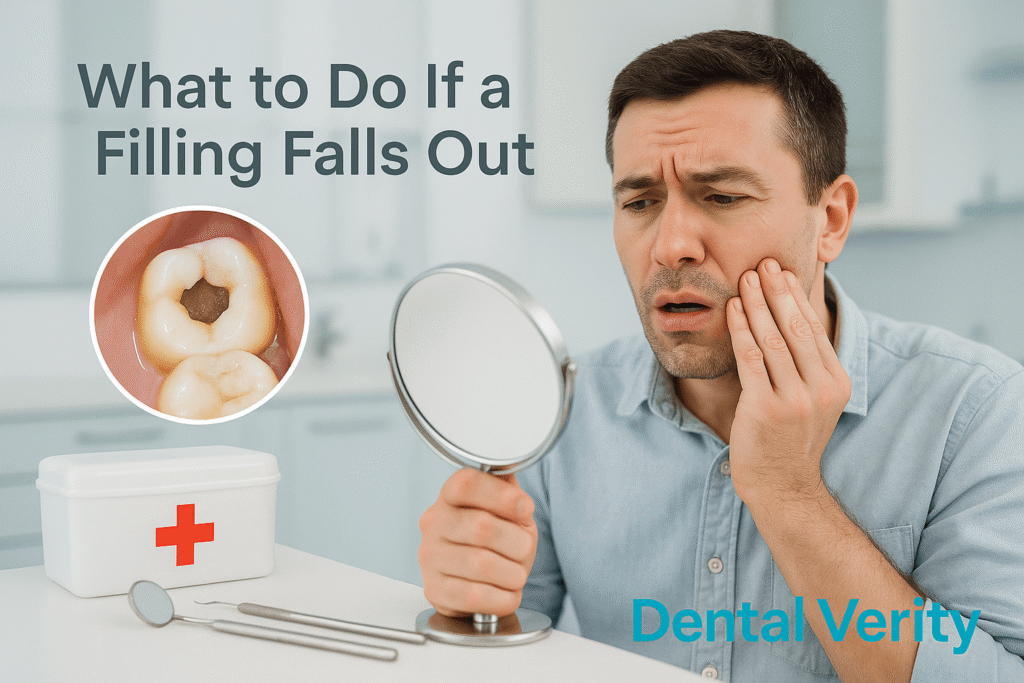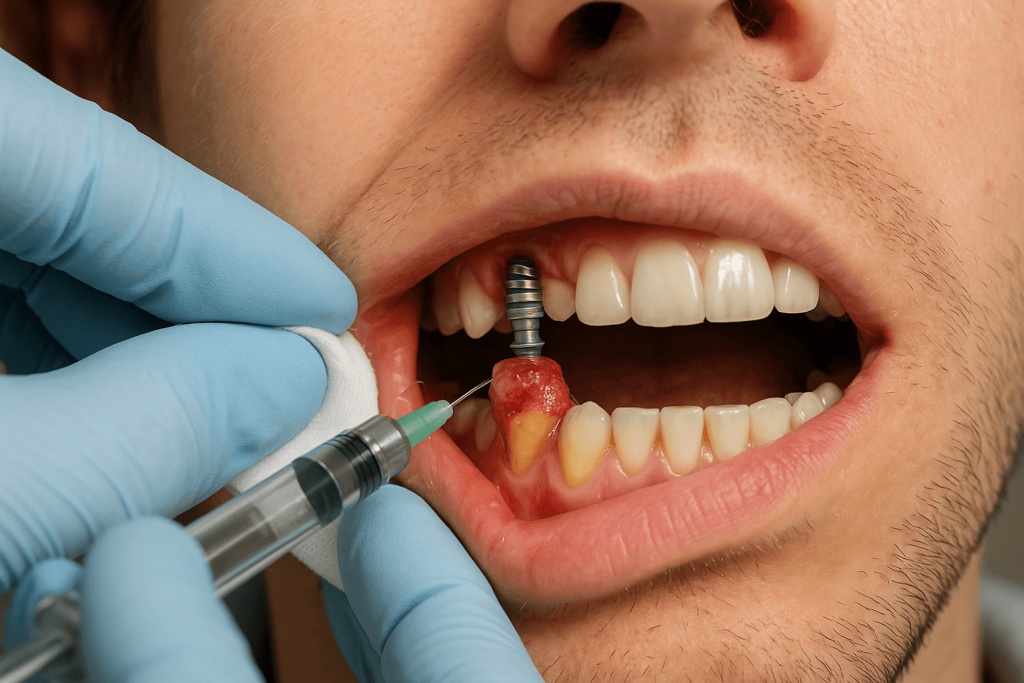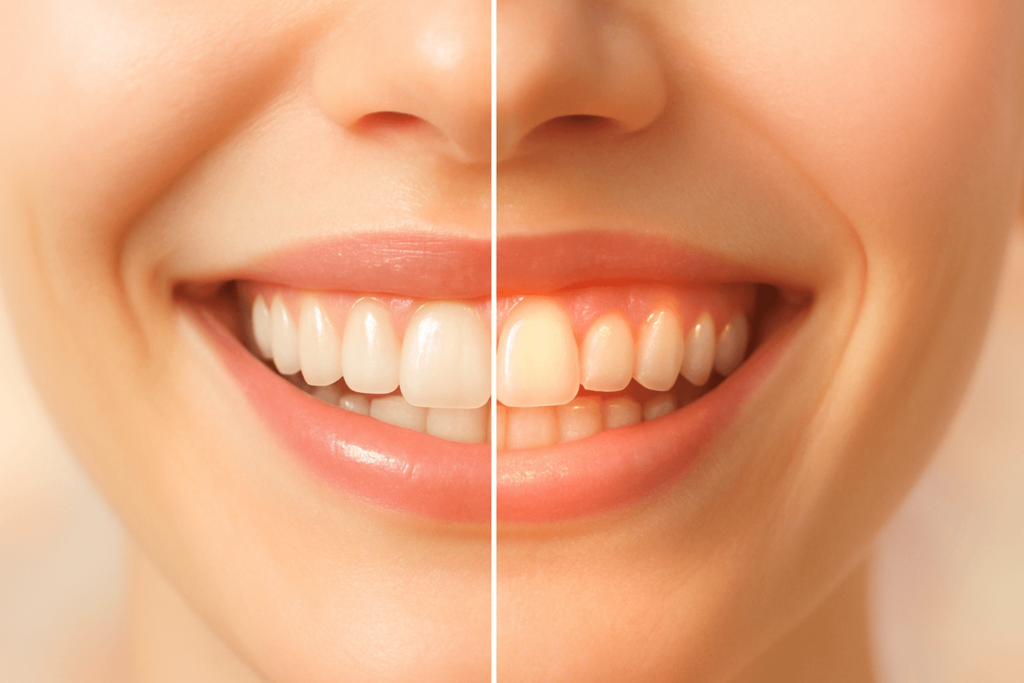
It can be a bit unsettling when your filling suddenly falls out—especially if it happens while you’re chewing something during a meal. You might have that moment of wonder, like, “What was that?” and then realize something’s off. The feeling of your tongue going straight to the yawning hole in your tooth makes it pretty clear the filling has fell out. Don’t panic! Just remember to care for your tooth until you can get it replaced. We all know how wear and tear can affect fillings over time, but taking some quick steps will help avoid further issues.
Common Reasons for a Filling to Fall Out
Losing a filling is something that can happen over time, and there are several reasons why it might fall out. It’s not always a sign of something serious, but it’s important to understand the causes so you can prevent it from happening again.
Here are some common reasons why your filling might fall out:
-
Decay around the filling: If bacteria get into the edges of the filling, it can cause decay, weakening the bond.
-
Chewing on hard or crunchy foods: Sometimes, biting into something tough can put too much pressure on the filling, causing it to fall out.
-
Grinding or bruxism: If you tend to grind your teeth, especially while sleeping, this constant pressure can wear down the filling.
-
Trauma to the tooth: An accident or sudden impact to your mouth can cause the filling to come loose or fall out.
-
Chemical reactions: Certain substances can weaken the bond of the filling over time, especially if it’s a material like amalgam or composite.
What to Do if Your Filling Comes Loose: A Quick Guide
If your filling falls out, here’s a simple step-by-step guide to help you take care of things:
-
Call your dental office: Let them know what happened. If it’s a weekday, most offices will have time set aside for emergency situations. On the weekend, leave a message or contact the weekend emergency number.
-
Describe the pain: If you’re in any pain, make sure to mention it when you call. This will help the dentist prioritize your case.
-
Protect your exposed tooth: To avoid further damage or infection, try gargling with salt water to clean the area and remove any food debris. You can also use antibacterial mouthwash if you have it.
-
Brush gently: When you brush, be extra careful around the exposed tooth to avoid irritation.
-
Avoid chewing on that side: Don’t bite down on anything hard or crunchy to protect your tooth from further damage.
-
Use dental wax: If you can’t get to your dentist immediately, consider using dental wax or temporary filling material (which you can order online) to cover the exposed tooth.
-
Schedule an appointment: It’s important to see your dentist soon so they can replace or re-cement the filling. If you need a crown, the dentist will take care of it.
-
Monitor for signs of dental trauma: If there’s bleeding, swelling, or other signs of damage, call your dentist right away for repairing and checking for infection.
What Can I Do for My Toothache Until I See My Dentist?
Dealing with a toothache can be tough, especially when you’re waiting for that dentist appointment. Here are some things you can do to ease the pain and manage things until you can get proper treatment:
-
Ask a pharmacist for advice on the best pain medication. They can help you pick the right one, especially if you’re unsure about prescribed medication or non-prescription painkillers.
-
Follow the dosage and instructions on any painkiller you take. Remember, it’s just to disguise the problem, not fix it—so don’t rely on it long term.
-
Try an over-the-counter nonsteroidal anti-inflammatory drug (NSAID) like ibuprofen to help with pain and swelling. It works great for most people.
-
For immediate relief, rinse your mouth with salt water. It helps clean and soothe your exposed tooth.
-
Use antibacterial mouthwash if you have it—it can kill some bacteria and help keep things from getting worse.
-
Avoid things like hot, cold, sweet, or spicy foods, as they might make your tooth more sensitive. Stick to soft foods to avoid putting pressure on the area.
-
If the pain is unbearable, try a cold compress or ice pack for relief. Just apply it to the outside of your cheek, not directly on your gum.
-
You can also apply clove oil or a whole clove directly to the exposed tooth. It can act as a natural numbing agent until you get to the pharmacy for a more permanent solution.
-
If you’re really struggling, consider numbing gel like Anbesol or Orajel to numb the gums. It’s easy to find at the chemist or pharmacy.
-
In the meantime, if you feel like the filling is missing, you can get a temporary filling material from your pharmacy or order online from Amazon. Some even come with a dental inspection mirror or gauze dressing to keep the site dry until your appointment.
These tips should help keep things manageable while you wait to see your dentist.
Can a Loose Filling Lead to Other Problems?
If your filling is loose or missing, it’s important to get it replaced quickly. Leaving an unprotected tooth exposed can lead to bacteria and food particles getting into the empty space, which could cause decay.
Over time, the dentin (the second layer of your tooth) can become softer and more susceptible to further decay. This might require repair work, like a crown, root canal, or even an extraction if left untreated. The sooner you get the filling replaced, the better.
What Happens During Your Dental Visit
When you visit your dentist, they will examine your tooth and may take an X-ray to help them figure out the best option for treatment. This ensures that they can choose the right method for repairing your filling or addressing any issues.
Options for Replacing Your Filling
If your filling needs to be repaired or replaced, your dental professional will discuss the best new filling options. Depending on the type of tooth, you might be offered a filling made from materials like amalgam (silver), composite, or glass ionomer (tooth-colored). For molars and premolars, amalgam is often used because it’s strong and works well for chewing. For front teeth like incisors and canines, composite or glass ionomer are preferred because of their natural aesthetic qualities.
When a Root Canal, Crown, or Cap is Needed
If you have a deep cavity or nerve exposure, your dental professional might suggest seeing a specialist for a root canal. In some cases, a crown or cap may be recommended to restore and protect the tooth from further damage.
Tooth Extraction
If your tooth is fractured or damaged beyond repair, your dentist may recommend a tooth extraction. Afterward, your oral surgeon will provide a treatment plan for replacing the tooth with a fixed bridge, removable bridge, or dental implant.
pulp capping
In some cases, if extraction isn’t immediately necessary, the dentist may opt for pulp capping or regenerative treatments to save the tooth.
Will You Have to Pay for a New Filling?
If your original filling falls out, you might wonder if you’ll need to pay for a replacement filling. If it’s recent, there’s a chance your dentist or business manager may offer a reduced rate or even make an adjustment as a goodwill gesture.
Of course, things like the age of the filling, the cost of a new filling, or any extenuating circumstances (like trauma or an accident) can come into play during negotiation. If there’s damage to the dentin or pulp, and you need dental procedures like a root canal or crown, those costs might be higher.
How Long Can You Expect Your Filling to Last?
The lifetime of a filling depends a lot on the materials used and how well you take care of your teeth and gums. If you’re diligent with your dental hygiene and keep up with checkups at the dentist, your fillings can last longer.
According to Rothschild, filling materials like amalgam, composite, or gold fillings each have different limitations in terms of strength. Larger fillings, especially those that deal with high functional stress from chewing, may wear down quicker, and fillings used to vertically lengthen teeth can have a shorter lifespan.
Generally, amalgam fillings can last anywhere from 5 to 25 years, while composite fillings last around 5 to 15 years, and gold fillings tend to last 15 to 30 years.



